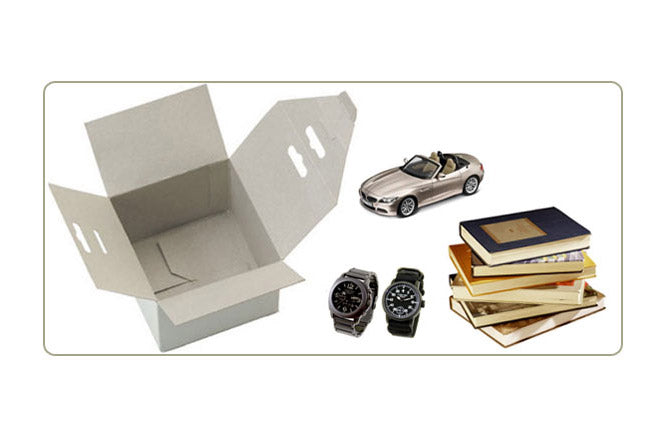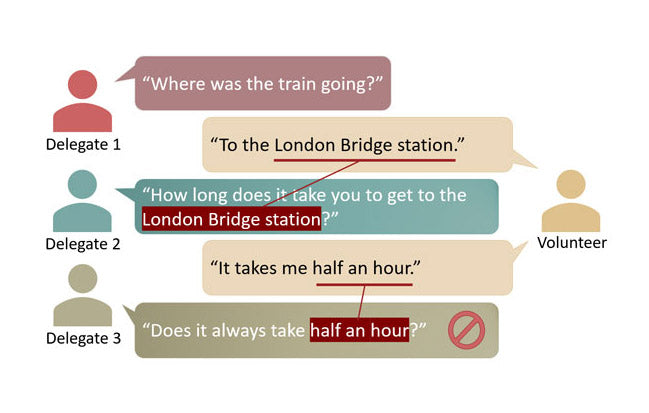Purpose
The purpose of this exercise is to help delegates practice memorising and paying attention to detail. Repeated exercise can increase focus and help people to become more aware of their surroundings as it encourages careful looking. It also highlights the importance of using all non-verbal senses, such as touch to increase memory retention and recall. The exercise is also useful for teamwork, communication skills and leadership skills.
Objective
Recall what you saw in a box filled with familiar and non-familiar objects.
What You Need
- Two sets of objects. These can be house-hold or office objects. Include about 30 objects in each set. Some objects should be familiar to about everyone. Include objects that are not too obvious or mainstream as well.
- Empty boxes where you can place the objects in.
- Two pieces of cloths.
Setup
- Place the two sets of objects in separate places such as on two different tables and cover them with a piece of cloth so delegates cannot see the objects.
- Explain to delegates that you will show them a series of objects and they have 5 minutes to simply look at them. They are not allowed to take any notes or touch them.
- After the allocated time, cover the objects and ask delegates a series of questions to test their memory. There are several ways you can approach this:
- Ask them to recall all objects they saw by name. You can write this on a flipchart to avoid going over objects already covered. See if they can recall all objects.
- You can ask specific questions about the features of the objects and see if delegates can recall correctly. For example, “What was the colour of the toy car?”, “What was the title of the book?” or “What was the make of the watch?”. Ideally you should prepare your question/answers before the class so you would know the answers when you ask.
- Record their performance.
- Next, move the delegates to the second set of objects. Reveal the objects and allocate another 5 minutes for delegates to examine them. This time, they are also allowed to touch the objects and feel them.
- As before, after the allocated time cover the objects and start asking questions to see how much they can recall.
- Follow with a discussion.
Timing
Explaining the Exercise: 5 minutes
Activity: 5 min round 1 + 5 min questions + 5 min round 2 + 5 min questions = 20 minutes
Group Feedback: 10 minutes
Discussion
How successful were you in recalling? Was it easy to remember the objects or their features? Did you use any team work? Did anyone emerge as a leader to assign tasks to different people so that you could tackle the problem easier? Was it easier in the second round to recall after touching the objects? What does this suggest about your sensory perception and memory? What did you learn from this exercise?
Comments
By Jennifer @ Tuesday, April 11, 2017 2:51 PM
very helpful in my training
Soft Skills Training Materials
Get downloadable training materials
Online Train the Trainer Course:
Core Skills
Learn How to Become the Best Trainer in Your Field
All Tags
Training Resources for You

Course Design Strategy
Available as paperback and ebook

Free Training Resources
Download a free comprehensive training package including training guidelines, soft skills training activities, assessment forms and useful training resources that you can use to enhance your courses.

Our Comprehensive Guide to Body Language

Train the Trainer Resources
Get Insights - Read Guides and Books - Attend Courses
Training Materials
Get downloadable training materials on: Management Training, Personal Development, Interpersonal Development, Human Resources, and Sales & Marketing














Leave a comment
All comments are moderated before being published.
This site is protected by hCaptcha and the hCaptcha Privacy Policy and Terms of Service apply.